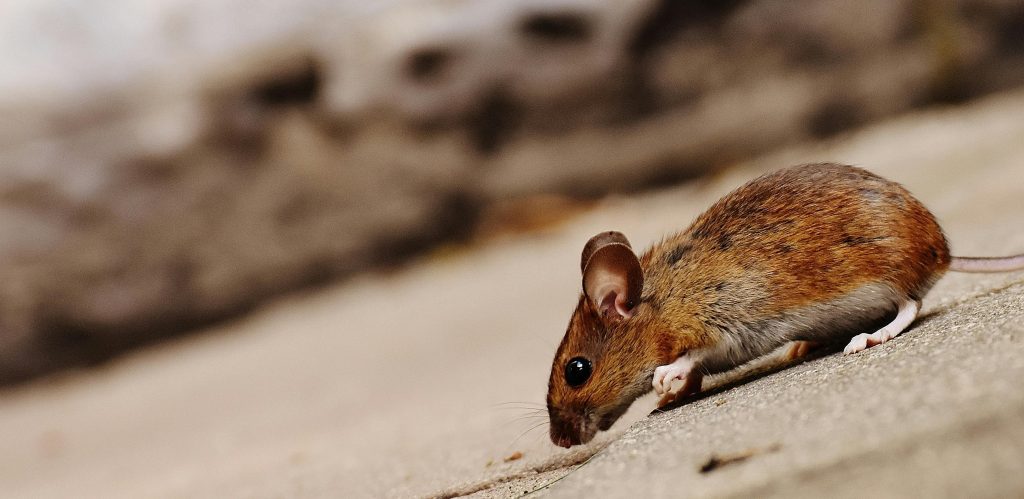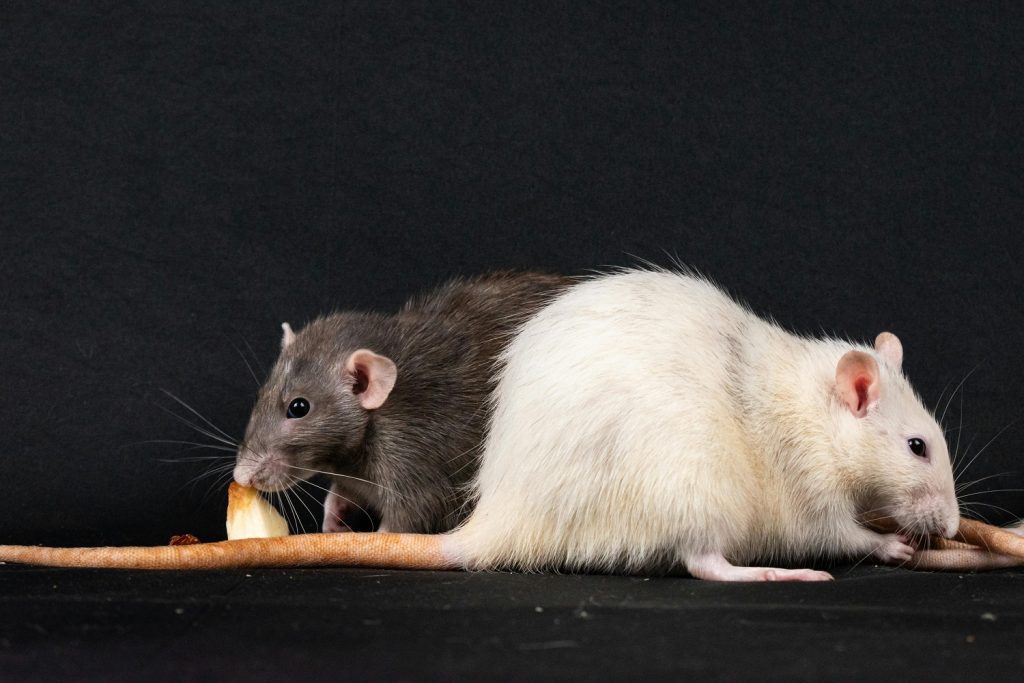What You Need to Know About Dealing with Rats in Singapore
Rats are one of the most persistent and challenging pests to manage, particularly in urban areas like Singapore. Despite the city-state’s stringent hygiene standards, its tropical climate and dense population provide an ideal environment for rats to thrive. In this comprehensive guide, we’ll cover everything you need to know about dealing with rats in Singapore and how Conquer Pest can help.
Why Are Rats a Problem in Singapore?
1. Health Risks
Rats are carriers of diseases such as leptospirosis, hantavirus, and salmonellosis, posing a significant health risk. Contaminated food, water, and surfaces can lead to severe illnesses, especially in vulnerable populations like children and the elderly.
2. Structural and Economic Damage
These rodents gnaw on wiring, pipes, and wood, causing potential fire hazards and costly repairs. For businesses, particularly those in the food and hospitality industries, rat infestations can lead to reputational damage and regulatory penalties.
3. Rapid Reproduction
A pair of rats can multiply quickly, creating a colony in a matter of weeks. This rapid growth makes early intervention critical.
Common Types of Rats in Singapore
1. Norway Rat (Brown Rat)
The Norway Rat, commonly known as the Brown Rat, is notable for its large size and burrowing tendencies. These rats prefer to live in ground-level spaces, often establishing their nests in sewers, basements, or other damp, hidden areas. Their burrowing habits make them particularly destructive to infrastructure, as they often undermine foundations or damage pipes.
2. Roof Rat (Black Rat)
Smaller and more agile than the Norway Rat, the Roof Rat is commonly found in elevated spaces such as attics, ceilings, and rooftops. Their slender bodies and excellent climbing abilities allow them to access areas that are often overlooked during inspections. Roof Rats are particularly problematic in high-rise buildings and are known to cause significant damage by gnawing on wiring and insulation.
3. House Mouse
Though smaller in size compared to rats, the House Mouse can be equally troublesome. These rodents are notorious for nesting indoors, often in cabinets, walls, and other confined spaces. Despite their size, House Mice pose considerable health risks as they contaminate food and surfaces with their droppings. Their rapid breeding rates make early detection and removal essential.
How to Identify a Rat Infestation
1. Physical Signs
Rats leave behind several telltale signs that indicate their presence. Droppings, which are dark and pellet-shaped, are often found in hidden areas such as corners or behind furniture. Gnaw marks on furniture, wires, walls, or food packaging are another common indicator of an infestation. Additionally, rats often leave tracks, including oily rub marks along walls or visible footprints in dusty areas.
2. Sounds and Smells
Rats are nocturnal and most active at night. If you hear scratching or scurrying noises in your walls, ceilings, or under floorboards, it’s a strong sign of their presence. Their nests and urine emit a musty, unpleasant odor that becomes noticeable as the infestation grows.
3. Nesting Materials
Rats use readily available materials to create their nests. Shredded paper, fabric, or insulation are commonly used, often found in secluded corners or behind appliances. Spotting such materials is a clear sign of nesting activity.
For a professional inspection, consider contacting Conquer Pest’s Rodent Control Experts.
Why Rats Thrive in Singapore
1. Climate and Environment
Singapore’s warm and humid climate provides ideal conditions for rats to breed and thrive. Unlike in temperate regions, the year-round warmth allows for continuous breeding cycles, making infestations more persistent.
2. Food and Waste
Rats are opportunistic feeders and thrive on improperly managed food waste. Open trash bins, food scraps, and spills attract these rodents, particularly in densely populated urban areas. The abundance of food makes it easier for rat populations to grow unchecked.
3. Structural Vulnerabilities
The urban landscape in Singapore offers numerous entry points for rats. Small cracks in walls, gaps under doors, and cluttered storage areas provide excellent nesting and hiding spots. Without routine inspections and maintenance, these vulnerabilities can quickly lead to infestations.
Steps to Prevent Rat Infestations
1. Maintain Cleanliness
Maintaining hygiene is the first line of defense against rats. Dispose of food waste promptly in sealed trash bins and clean up crumbs or spills immediately. Regular cleaning of food preparation and storage areas reduces the risk of attracting rodents.
2. Seal Entry Points
Rats can squeeze through openings as small as a coin. Inspect your home or business for cracks, gaps, or vents that may serve as entry points. Use metal mesh, caulk, or other durable materials to seal these openings and prevent access.
3. Proper Storage
Store food in airtight containers to eliminate easy access for rats. Additionally, declutter storage areas to minimize potential nesting spots. Regularly inspect pantries and storage spaces to ensure they are rodent-free.
4. Regular Inspections
Frequent inspections of your property can help detect signs of an infestation early. Schedule professional pest control checks to identify and address vulnerabilities before they escalate. Learn more about prevention measures at Conquer Pest.
What to Do If You Encounter a Rat Infestation
1. Avoid DIY Methods
While it may seem convenient, DIY rat control methods like traps and baits often fail to address the root of the problem. They may also pose risks to children and pets if not used correctly.
2. Consult Professionals
Professional pest control services are essential for effectively managing rat infestations. Experts like Conquer Pest offer comprehensive solutions, including:
- Thorough Site Inspections: Experts identify the severity of the infestation and the key areas of activity.
- Safe and Targeted Treatments: Solutions are tailored to eradicate rats without endangering humans or pets.
- Preventive Measures: Professional guidance helps prevent future infestations.
For immediate assistance, contact Conquer Pest today!
Legal and Community Responsibilities
1. NEA Guidelines
The National Environment Agency (NEA) mandates proper waste management and pest control in Singapore.
2. Community Collaboration
Residents and businesses should work together to maintain hygiene in shared spaces.
3. Reporting Infestations
Report persistent pest issues to the NEA or consult experts like Conquer Pest.
Conclusion
Rats in Singapore are more than just a nuisance—they pose serious health, structural, and economic risks. By recognizing the signs early, implementing preventive measures, and seeking professional help from trusted experts like Conquer Pest, you can safeguard your home or business. Don’t wait for the problem to escalate—act now for a pest-free environment.
FAQs
- What diseases can rats spread in Singapore?
Rats can transmit diseases such as leptospirosis, hantavirus, and salmonellosis, which can have severe health implications.
- How can I tell if I have a rat infestation?
Signs include droppings, gnaw marks, scratching noises, and foul odors.
- Are DIY rat control methods effective?
DIY methods are often ineffective and may pose safety risks. Professional services like Conquer Pest are recommended.
- How much does professional rat control cost?
Costs vary based on the severity of the infestation and the size of the property. Contact Conquer Pest for a customized quote.
- How can I prevent rats from entering my home?
Seal entry points, maintain cleanliness, and store food properly. Regular inspections are also advised.





